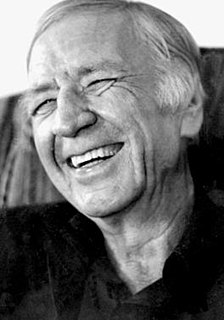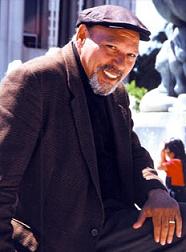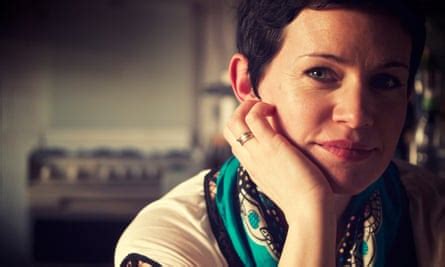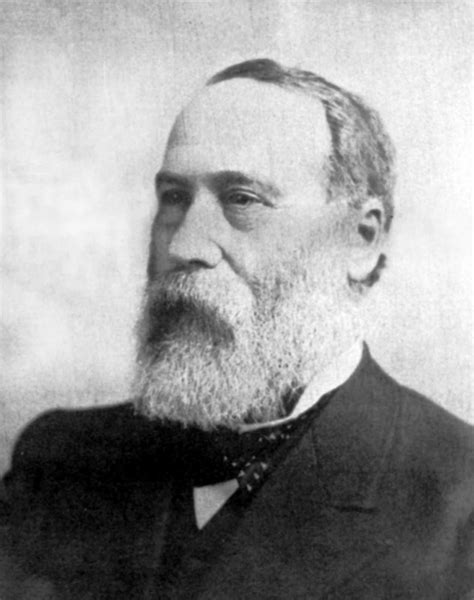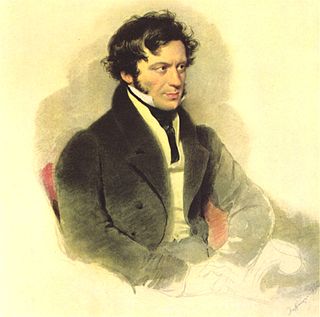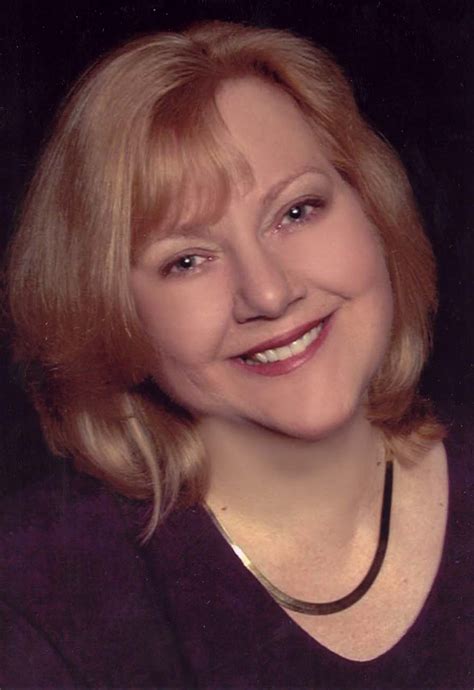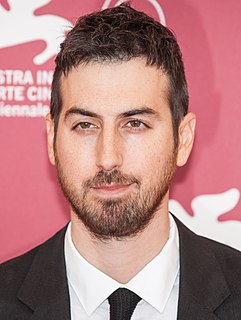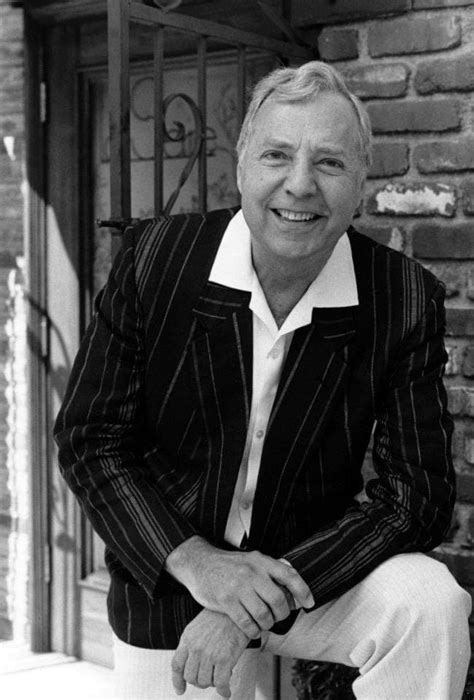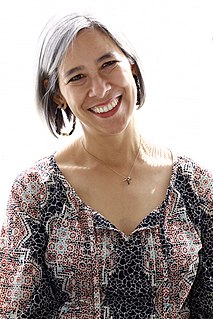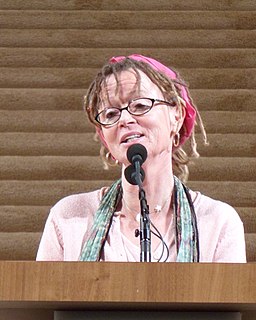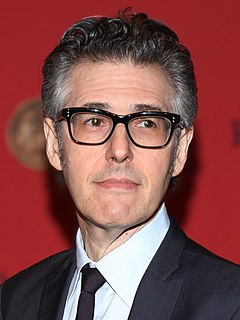A Quote by Jim Thompson
There is only one plot-things are not what they seem.
Quote Topics
Related Quotes
Fiction writers come up with some interesting metaphors when speaking of plot. Some say the plot is the highway and the characters are the automobiles. Others talk about stories that are "plot-driven," as if the plot were neither the highway nor the automobile, but the chauffeur. Others seem to have plot phobia and say they never plot. Still others turn up their noses at the very notion, as if there's something artificial, fraudulent, contrived.
I've never written a book with an outline or a predetermined theme. It's only in retrospect that themes or subjects become identifiable. That's the fun of it: discovering what's next. I'm often surprised by plot developments I would not have dreamed of starting out, but that, in the course of the writing, come to seem inevitable.
One of the things I learned as a young semiotics nerd was that if you have plot moving forward, no matter how banal the facts of it, simply the fact that the plot is rolling forward makes you wonder what's going to happen next, which creates suspense. So you can control peoples' attention simply by having things move forward in a story.
